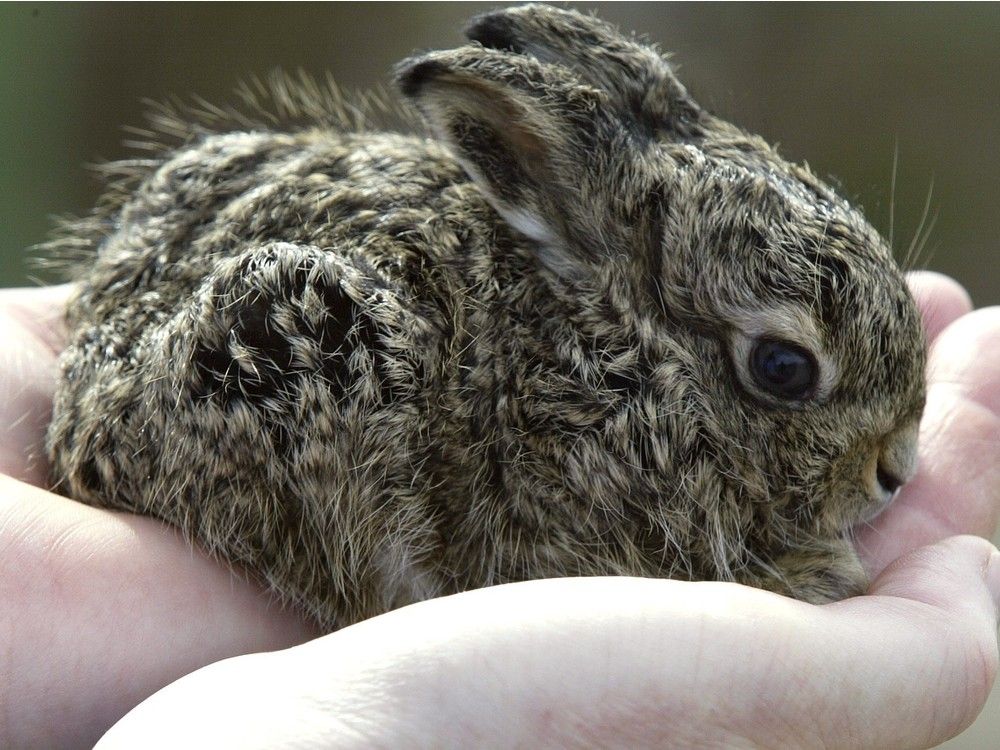
Baby Hare Care: A Comprehensive Guide for Nurturing Young Leporids
Introduction
Baby hares, also known as leverets, are adorable and delicate creatures that require specialized care to thrive. These precocial young are born with their eyes open and can hop within a few hours of birth. However, they are highly dependent on their mother for nourishment, warmth, and protection. This comprehensive guide will provide detailed instructions on how to care for baby hares, ensuring their health and well-being.
Understanding Baby Hare Biology
-
Gestation and Birth: Hares have a gestation period of approximately 40-45 days. They typically give birth to 2-5 leverets in a shallow nest called a form.
-
Physical Characteristics: Baby hares are born with a soft, dense coat that provides insulation. Their ears are long and floppy, and their eyes are dark brown. They weigh around 100-150 grams at birth.
-
Behavior: Leverets are highly active and curious. They spend most of their time exploring their surroundings and nursing from their mother. They are also known for their "boxing" behavior, where they kick their hind legs when threatened.
Essential Care for Baby Hares
1. Nutrition
-
Nursing: Baby hares rely exclusively on their mother’s milk for nourishment. They nurse frequently, up to 10-12 times per day. If the mother is unavailable, kitten milk replacer can be used as a substitute.
-
Feeding Schedule: Feed leverets every 2-3 hours during the first week of life. Gradually increase the interval to every 4-6 hours as they grow older.
-
Bottle Feeding: If bottle feeding is necessary, use a soft-tipped bottle and a kitten milk replacer specifically formulated for hares. Hold the leveret upright and gently insert the bottle nipple into its mouth.
2. Warmth and Shelter
-
Nest Box: Provide a warm and cozy nest box for the leverets. Line the box with soft materials such as hay, shredded paper, or fleece.
-
Temperature: Baby hares are sensitive to cold temperatures. Maintain a temperature of around 80-85°F (27-29°C) in the nest box. Use a heating pad or heat lamp to provide additional warmth if necessary.
-
Humidity: Keep the humidity level in the nest box around 50-60%. This can be achieved by placing a shallow dish of water in the box.
3. Hygiene
-
Cleaning: Keep the nest box clean and dry. Remove any soiled bedding and replace it with fresh materials regularly.
-
Bathing: Baby hares do not require baths. However, if they become soiled, gently wipe them down with a warm, damp cloth.
-
Grooming: Leverets will groom themselves by licking their fur. However, you can assist by gently brushing their coat with a soft brush.
4. Handling
-
Minimize Handling: Handle baby hares only when necessary. They are easily stressed and can become chilled if handled too often.
-
Proper Technique: When handling leverets, support their body with one hand and gently cradle their head with the other. Avoid holding them upside down or by their ears.
-
Socialization: Introduce baby hares to gentle human interaction early on. This will help them become accustomed to being handled and reduce stress levels.
5. Health Monitoring
-
Daily Observations: Observe baby hares daily for any signs of illness or distress. Check their eyes, nose, and ears for discharge or redness. Monitor their breathing and activity levels.
-
Weight Gain: Weigh leverets daily to ensure they are gaining weight appropriately. A healthy leveret should gain around 10-15 grams per day.
-
Veterinary Care: Contact a veterinarian immediately if you notice any signs of illness, such as lethargy, diarrhea, or respiratory distress.
6. Weaning and Independence
-
Weaning: Leverets typically begin weaning around 3-4 weeks of age. Gradually reduce the frequency of nursing and introduce solid foods, such as hay and fresh greens.
-
Independence: Baby hares become fully independent around 6-8 weeks of age. They will start to explore their surroundings more extensively and may leave the nest box for longer periods.
Special Considerations
-
Orphaned Leverets: If you find an orphaned leveret, contact a wildlife rehabilitator immediately. They have the expertise and resources to provide proper care.
-
Predators: Keep baby hares safe from predators by placing their nest box in a secure location. Avoid handling them outdoors, as this can attract predators.
-
Wild Hares: If you encounter a wild leveret, do not approach or handle it. Leave it alone and observe it from a distance. Wild hares are highly protective of their young and may attack if they feel threatened.
Conclusion
Caring for baby hares is a rewarding experience that requires patience, dedication, and a deep understanding of their unique needs. By following the comprehensive guidelines outlined in this article, you can provide your leverets with the essential care they need to thrive and reach adulthood. Remember to seek professional veterinary advice whenever necessary and always prioritize the well-being of these delicate creatures.
